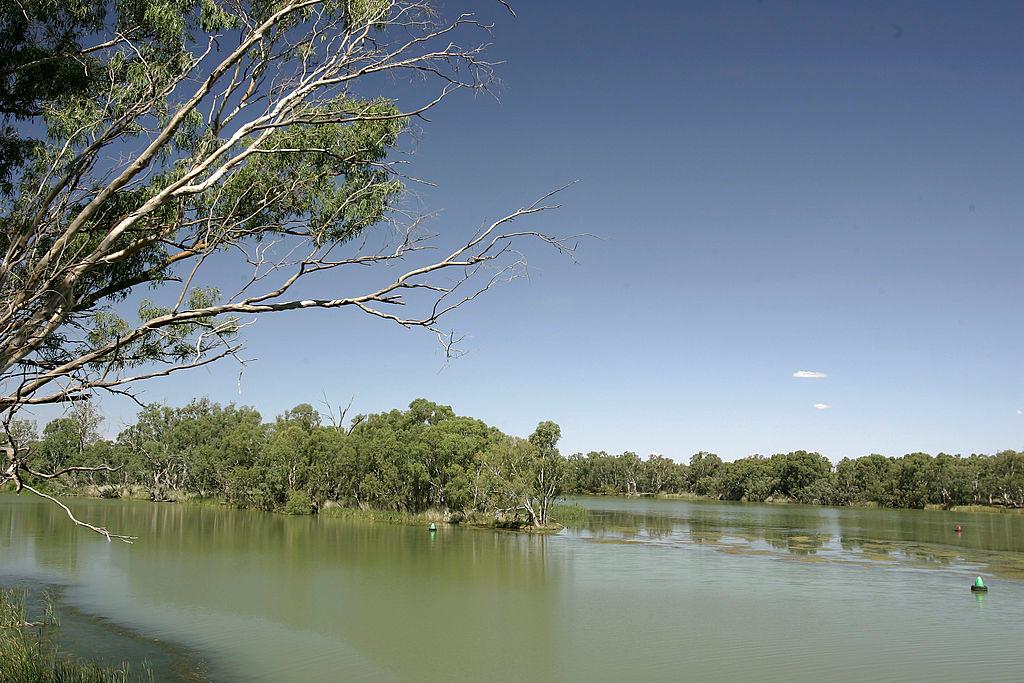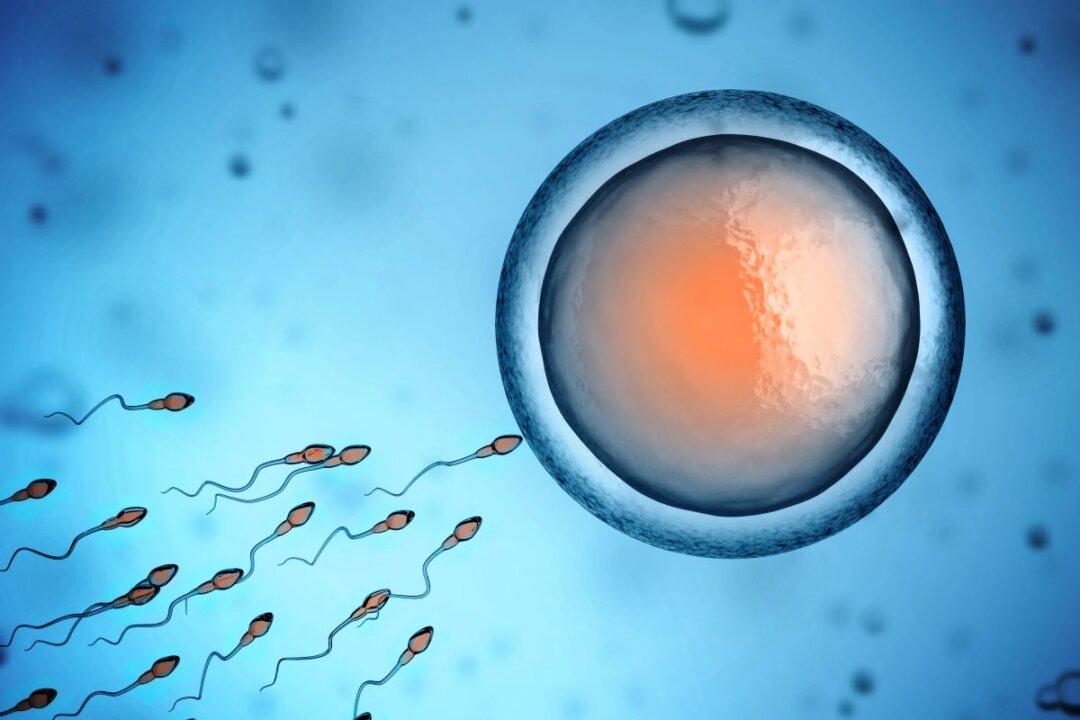The Australian and South Australian governments have pledged $15 million (US$10.76 million) for a business case to move the Northern Water Supply project forward in an effort to secure South Australia’s water future.
According to an SA Government release on Wednesday, a desalination plant to be located in the Upper Spencer Gulf is high up on the list of options being considered, an initiative which would reduce water reliance on the Great Artesian Basin and the Murray River.





